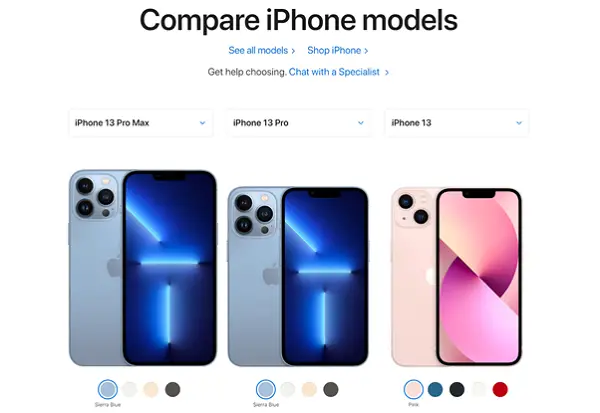Once you’ve finished classifying your potential customers into different market segments, you will need to decide the mix of marketing strategies you will deploy to reach these segments with your products, services, and messaging.
One possible strategy is to ignore the differences between the market segments and focus instead on their common traits. This is what we call Undifferentiated Marketing.
Another strategy is to combine various market segments into a single segment and target this new aggregated segment through a single marketing strategy. This is called Aggregation Marketing.
Undifferentiated marketing and Aggregation Marketing can be very useful when a product’s attributes are equally appealing to customers across several or all market segments. These can also be useful strategies to build brand recognition across the entire target market.
However, modern consumers are discerning and are very clear about their wants, needs, and tastes. And they are not quite willing to compromise and accept generic products that don’t precisely satisfy their needs.
So, in most cases, once your segments are defined, you will develop products and services which are tailored to the specific needs of each segment you wish to target.
By targeting individual segments, you will be able to penetrate each segment and maximize revenue from it most efficiently.
What is Differentiated Marketing?
Differentiated Marketing refers to a set of marketing strategies that exploit the differences between target market segments to offer separate products, services, and messages to each segment to satisfy the unique needs of every segment.
By offering product and promotion variations a company using Differentiated Marketing strategies can gain a stronger position in each segment because it caters to the unique needs of that segment. This is in contrast to the “one size fits all” approach of Undifferentiated Marketing.
Pros of Differentiated Marketing
- With Differentiated Marketing, you can actually meet the needs of your customers by providing them products and services tailored to these needs. This can provide higher revenue and recurring sales.
- With Differentiated Marketing you will be able to better compete competitors with who are offering “generics”.
- If you are introducing a new product into the market, with Differentiated Marketing you might be able to get a foothold in a segment that is being ignored or underserved by larger, more established competitors.
- Differentiated Marketing will give you the freedom to ignore certain market segments, allowing you to focus on those segments where you can provide the greatest customer value.
- Over time, Differentiated Marketing can provide deeper market penetration in each segment you decide to be in and help you secure a stronger position across the market.
- With Differentiated Marketing your business can be nimbler and can adapt faster to changing business environments. This is because you will be able to adjust marketing strategies on a segment-by-segment basis with far greater finesse than if you had a single strategy across the entire target market.
Cons of Differentiated Marketing
- Differentiated Marketing increases costs as marketing efforts are replicated across all segments
- Differentiated Marketing increases end product cost making it vulnerable to a mass-market competitor which is cheaper, but which still satisfies most needs of the target customer.
Examples of Differentiated Marketing
Example1: Apple

(Image: Apple)
Apple offers different types of iPhones that target different segments of the market. iPhones are available at different prices, in different sizes, different colors, and with different features – speed, memory, camera resolution, etc.
However, Apple only targets premium segments of the mobile phone market and has no products on the cheaper end of the market.
This means using a Differentiated Marketing strategy it is able to ignore certain segments of the mobile phone market.
Example 2: Nespresso

(Image Source)
The coffee company, Nespresso, offers dozens of types of Italian coffee flavors to suit every taste.
For those who prefer their coffees strong – like you would get them in a café in Italy – there are strong coffees like the Ristretto and the Arpeggio.
For those who prefer something lighter, there are Capriccio or the Cosi.
For those who prefer to limit the intake of caffeine, there are decaffeinated versions.
For those who prefer to have their coffee with milk, there are Caramel Crème Brulee or the Cocoa Truffle or the Vanilla Éclair.
And finally, for those who like to explore the world with their coffee, there are coffees from destinations like Indonesia, India, Ethiopia, and Columbia.
In short, Nespresso has carefully studied the likes, dislikes, tastes, and preferences of their target market and is following a very carefully orchestrated Differentiated Marketing strategy to satisfy each segment of their market.
Key Takeaways
- With Differentiated Marketing we focus on the differences between target segments to serve each segment with products and services which are made to satisfy the unique needs of that segment.
- Differentiated Marketing can be very effective because it can actually need the needs of the customer in each segment leading to deeper penetration of a segment and a stronger position in it.
- With Differentiated Marketing we can be better poised to react to and exploit changes in the market environment.
- Differentiated Marketing can be expensive.
- A Differentiated Marketing strategy can leave a company vulnerable to a cheaper mass-market alternative.